Home>Gardening & Outdoor>Landscaping Ideas>Why Is Real Grass Better Than Fake Grass
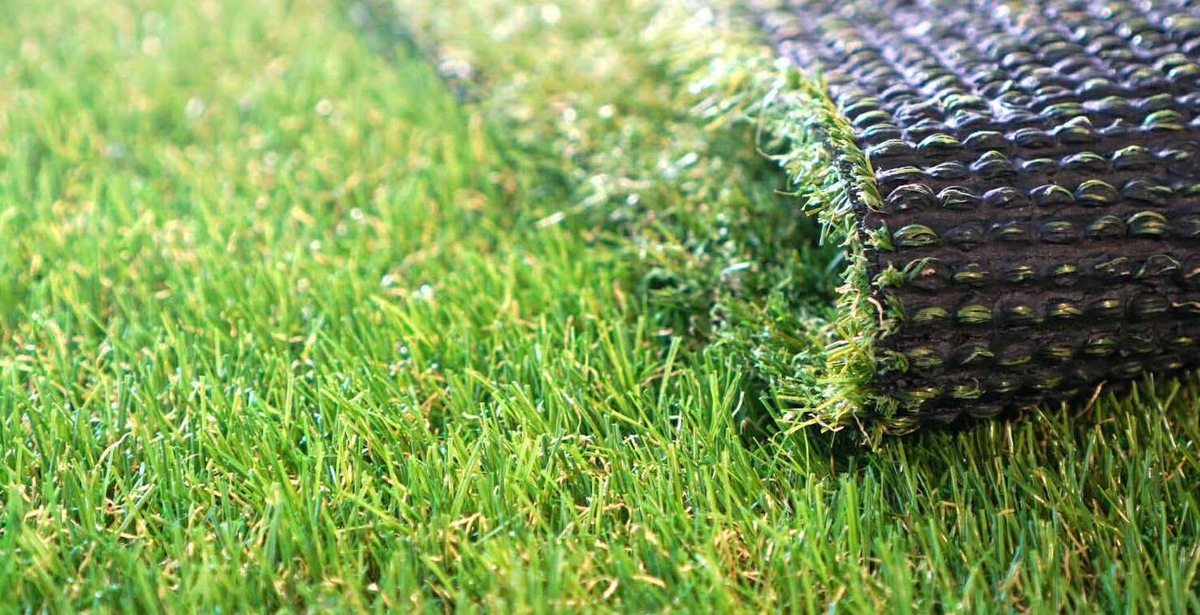

Landscaping Ideas
Why Is Real Grass Better Than Fake Grass
Published: January 29, 2024
Discover why real grass is superior to fake grass for landscaping ideas. Learn about the benefits of natural grass and how it enhances outdoor spaces.
(Many of the links in this article redirect to a specific reviewed product. Your purchase of these products through affiliate links helps to generate commission for Storables.com, at no extra cost. Learn more)
Introduction
When it comes to landscaping, the choice between real grass and fake grass can be a tough decision. Both options have their own set of advantages and drawbacks, making it essential to weigh the factors before making a choice. Real grass, also known as natural grass, has been a staple in landscaping for centuries. Its lush green appearance and natural feel have made it a popular choice for homeowners and businesses alike. On the other hand, fake grass, or artificial turf, has gained traction in recent years due to its low maintenance requirements and consistent appearance.
In this article, we will delve into the various aspects of real grass and fake grass to understand why real grass is often considered the superior choice. From environmental impact and health benefits to aesthetics and maintenance, we will explore the factors that set real grass apart from its artificial counterpart. By the end of this discussion, you will have a comprehensive understanding of why real grass is a preferred option for many landscaping enthusiasts.
Let's embark on this journey to uncover the beauty and benefits of real grass, and gain insights into why it continues to be a timeless and cherished element of outdoor spaces.
Key Takeaways:
- Real grass is better for the environment, as it helps purify the air, conserve water, and support wildlife, contributing to a healthier and more sustainable ecosystem.
- Real grass offers mental and physical health benefits, promoting relaxation, outdoor activities, and community engagement, creating a holistic and rejuvenating outdoor experience.
Read more: Why Is Grass Better Than Turf
Environmental Impact
Real grass stands out as an environmentally friendly landscaping option, offering a multitude of benefits that contribute to a healthier ecosystem. One of the most significant advantages of real grass is its ability to act as a natural air purifier. Through the process of photosynthesis, grass absorbs carbon dioxide and releases oxygen, thereby playing a crucial role in reducing greenhouse gases and improving air quality. This natural carbon sequestration process helps mitigate the impact of climate change, making real grass a valuable asset in urban and suburban environments.
Moreover, real grass plays a pivotal role in water conservation and management. Its extensive root system aids in water absorption, reducing runoff and soil erosion. This, in turn, helps replenish groundwater reserves and maintain soil stability. Additionally, real grass acts as a natural filtration system, trapping pollutants and impurities from rainwater and preventing them from entering water bodies. By doing so, it contributes to the preservation of water quality, benefiting both the environment and local ecosystems.
Furthermore, real grass serves as a habitat for diverse forms of wildlife, including insects, birds, and small mammals. This biodiversity is essential for maintaining a balanced and thriving ecosystem. The presence of real grass in urban and suburban areas provides a sanctuary for various species, supporting the overall ecological health of the region. In contrast, artificial turf does not offer the same level of ecological support, as it does not provide a natural habitat for wildlife and lacks the environmental benefits associated with real grass.
In terms of environmental sustainability, real grass also aids in temperature regulation. Its natural cooling effect helps mitigate the urban heat island effect, reducing ambient temperatures in built-up areas. This not only enhances the comfort of outdoor spaces but also contributes to energy conservation by lowering the demand for air conditioning during hot weather.
In summary, the environmental impact of real grass extends far beyond its visual appeal. Its role in carbon sequestration, water management, biodiversity support, and temperature regulation underscores its significance as a sustainable landscaping choice. By embracing real grass in outdoor environments, individuals can actively contribute to the preservation and enhancement of the natural world, fostering a greener and more sustainable future.
Health Benefits
Real grass offers a myriad of health benefits that extend beyond its visual and environmental appeal. One of the most notable advantages of real grass is its positive impact on mental well-being. The lush green expanse of natural grass has a calming and rejuvenating effect on individuals, serving as a natural stress reliever. Spending time in outdoor spaces adorned with real grass can significantly reduce anxiety and elevate mood, contributing to overall mental wellness. This therapeutic attribute of real grass makes it an invaluable component of residential yards, public parks, and recreational areas, providing individuals with a serene and tranquil environment to unwind and recharge.
Moreover, real grass promotes physical health by encouraging outdoor activities and recreation. Its soft and cushiony surface makes it an ideal setting for various physical pursuits, such as sports, yoga, and leisurely strolls. The natural resilience of real grass minimizes the risk of injuries during physical activities, making it a safe and inviting terrain for people of all ages. Additionally, the presence of real grass in outdoor spaces encourages individuals to engage in outdoor exercises, fostering a more active and health-conscious lifestyle.
In addition to its mental and physical health benefits, real grass contributes to air quality improvement, which directly impacts human health. As a natural air purifier, real grass plays a crucial role in reducing air pollution and enhancing air quality. By absorbing carbon dioxide and releasing oxygen, it helps create a cleaner and healthier atmosphere, benefiting the respiratory health of individuals in its vicinity. This natural air purification process is particularly valuable in urban areas, where air pollution levels are often elevated.
Furthermore, the presence of real grass in outdoor environments promotes social interaction and community engagement, which are essential components of overall well-being. Parks, gardens, and communal spaces adorned with real grass serve as gathering points for social activities, fostering a sense of belonging and connection among community members. These social interactions contribute to emotional well-being and create a supportive and inclusive environment for individuals to connect and bond with others.
In essence, the health benefits of real grass encompass mental rejuvenation, physical well-being, air quality enhancement, and community cohesion. By embracing real grass in outdoor landscapes, individuals can create environments that promote holistic health and well-being, enriching the lives of those who interact with these natural spaces.
Real grass is better than fake grass because it helps improve air quality by absorbing carbon dioxide and releasing oxygen. It also provides a natural habitat for insects and wildlife, contributing to biodiversity.
Aesthetics and Natural Feel
The allure of real grass lies in its unparalleled aesthetics and the authentic natural feel it brings to outdoor spaces. The vibrant green hue of real grass creates a visually captivating landscape that exudes freshness and vitality. Its lush and organic appearance adds a touch of natural elegance to any setting, whether it's a backyard, a public park, or a commercial property. The dynamic interplay of light and shadow on the textured surface of real grass creates a visually stimulating environment that resonates with a sense of tranquility and harmony.
Furthermore, the tactile experience of walking or lounging on real grass is unmatched. The soft and velvety texture of natural grass underfoot provides a sensory delight, evoking a profound connection to the natural world. The gentle rustling of grass blades in the breeze and the earthy fragrance that emanates from the soil beneath the grass contribute to a multisensory experience that is deeply grounding and rejuvenating. This sensory immersion in the natural elements fosters a profound sense of relaxation and well-being, making real grass an essential element in creating inviting and comforting outdoor spaces.
In addition to its visual and tactile appeal, real grass has the remarkable ability to adapt to its surroundings, seamlessly blending into diverse landscapes and architectural styles. Whether it's a sprawling lawn, a meandering garden pathway, or a cozy courtyard, real grass effortlessly complements the surrounding elements, enhancing the overall aesthetic appeal of the space. Its versatility allows for the creation of diverse outdoor environments, from formal and manicured lawns to wildflower meadows, each exuding its own unique charm and character.
Moreover, the natural irregularities and variations in real grass contribute to its authentic and organic allure. Unlike artificial turf, which can appear uniform and artificial, real grass exhibits a captivating irregularity that mirrors the diversity found in natural ecosystems. This inherent variability adds depth and visual interest to outdoor landscapes, creating an ever-changing tapestry of colors and textures that evolves with the seasons.
In essence, the aesthetics and natural feel of real grass transcend mere visual appeal, encompassing a holistic sensory experience that resonates with individuals on a profound level. Its ability to evoke a sense of tranquility, connection to nature, and visual harmony makes real grass an indispensable element in creating captivating and inviting outdoor spaces.
Maintenance and Longevity
Maintaining a lush and vibrant outdoor landscape is a priority for homeowners and property managers, and the aspect of maintenance and longevity plays a pivotal role in the decision-making process between real grass and fake grass. Real grass requires regular maintenance to keep it in optimal condition, including mowing, watering, fertilizing, and pest control. While these tasks demand time and effort, they contribute to the longevity and resilience of real grass, ensuring a healthy and enduring lawn.
Mowing is a fundamental aspect of real grass maintenance, promoting healthy growth and a manicured appearance. Regular mowing prevents the grass from becoming overgrown, encourages lateral growth, and strengthens the root system. Additionally, proper watering is essential for the longevity of real grass, as it sustains hydration levels and promotes deep root development. Adequate watering, combined with aeration and dethatching, fosters a robust and resilient turf that can withstand varying weather conditions and foot traffic.
Furthermore, fertilization and pest control are integral components of real grass maintenance, enhancing its longevity and vitality. The application of appropriate fertilizers provides essential nutrients that promote vigorous growth and vibrant color, while pest control measures safeguard the grass from damaging insects and diseases. By addressing these maintenance needs, real grass can thrive and endure, creating a verdant and inviting outdoor environment.
In contrast, fake grass requires minimal maintenance, as it does not necessitate mowing, watering, or fertilization. While this low-maintenance aspect may seem appealing, it is important to consider the longevity of artificial turf. Over time, artificial turf may experience wear and tear, particularly in high-traffic areas, leading to a flattened appearance and diminished aesthetic appeal. Additionally, exposure to extreme temperatures and UV radiation can impact the longevity of fake grass, potentially leading to fading and degradation.
When evaluating the maintenance and longevity of real grass versus fake grass, it becomes evident that while real grass demands ongoing care and attention, it has the potential for long-term sustainability and resilience. Proper maintenance practices contribute to the longevity of real grass, ensuring a vibrant and enduring landscape that enriches outdoor spaces with its natural beauty and vitality. In contrast, while fake grass offers low maintenance requirements, its longevity may be subject to environmental factors and wear, necessitating potential replacement over time.
Ultimately, the maintenance and longevity considerations underscore the enduring value of real grass in creating vibrant and sustainable outdoor landscapes, where meticulous care yields a timeless and resilient natural environment.
Read more: Why Is Clover Better Than Grass
Cost Comparison
When considering the choice between real grass and fake grass for landscaping, the aspect of cost comparison plays a crucial role in the decision-making process. Real grass, while requiring ongoing maintenance and care, presents an initial cost that encompasses the installation of sod or seed, irrigation systems, fertilizers, and lawn care equipment. These upfront expenses contribute to the establishment of a healthy and vibrant lawn, setting the foundation for a visually appealing and enduring outdoor environment.
In contrast, artificial turf entails a higher initial investment due to the cost of materials, professional installation, and associated groundwork. While the upfront cost of artificial turf may seem substantial, it is essential to consider the long-term financial implications. Real grass, despite its ongoing maintenance requirements, incurs recurring expenses for watering, fertilization, pest control, and occasional lawn care services. These cumulative costs, spread over the years, contribute to the overall expenditure associated with real grass maintenance.
On the other hand, artificial turf, once installed, entails minimal ongoing expenses, as it does not necessitate watering, mowing, fertilization, or pest control. This low-maintenance aspect of fake grass translates into potential long-term cost savings, as it reduces the need for water consumption, lawn care products, and maintenance services. Additionally, the durability of artificial turf can contribute to long-term financial benefits, as it minimizes the need for replacements and extensive repairs, which may be required for natural grass in high-traffic areas or challenging environmental conditions.
While the initial cost of artificial turf may be higher than that of real grass, its potential for long-term savings through reduced maintenance and longevity should be factored into the cost comparison. Additionally, the aesthetic appeal and functional benefits of artificial turf, such as consistent appearance and resilience, contribute to its overall value proposition.
In essence, the cost comparison between real grass and fake grass extends beyond the initial investment, encompassing the long-term expenses and benefits associated with each option. By carefully evaluating the financial considerations and long-term implications, individuals can make an informed decision that aligns with their budgetary constraints and landscaping goals.
Frequently Asked Questions about Why Is Real Grass Better Than Fake Grass
Was this page helpful?
At Storables.com, we guarantee accurate and reliable information. Our content, validated by Expert Board Contributors, is crafted following stringent Editorial Policies. We're committed to providing you with well-researched, expert-backed insights for all your informational needs.
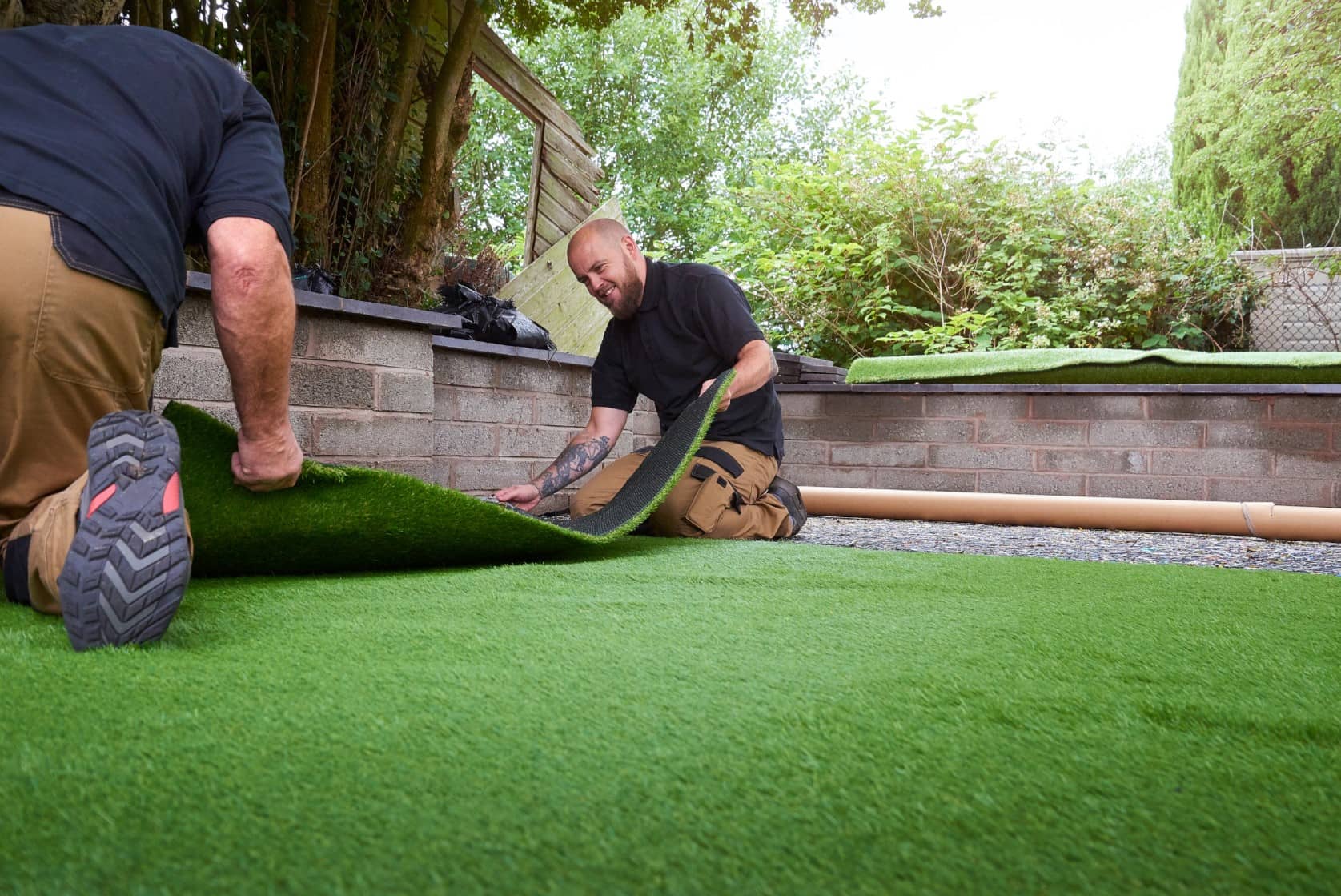
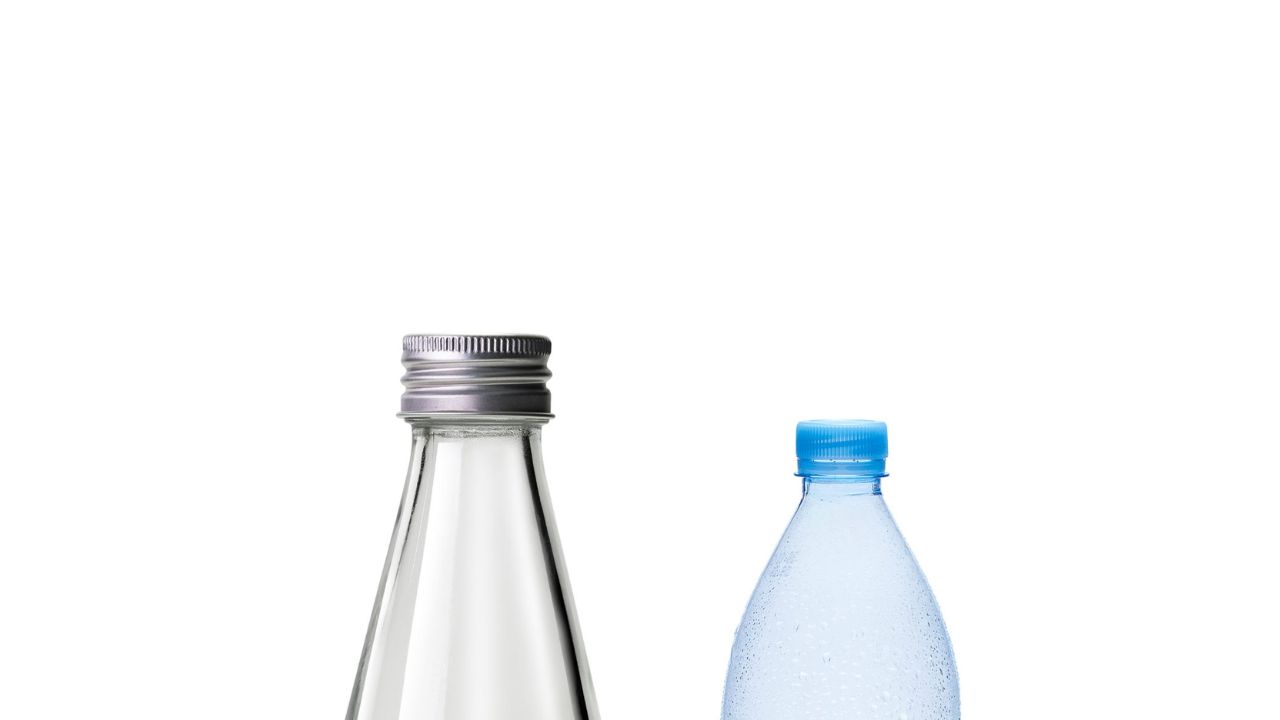

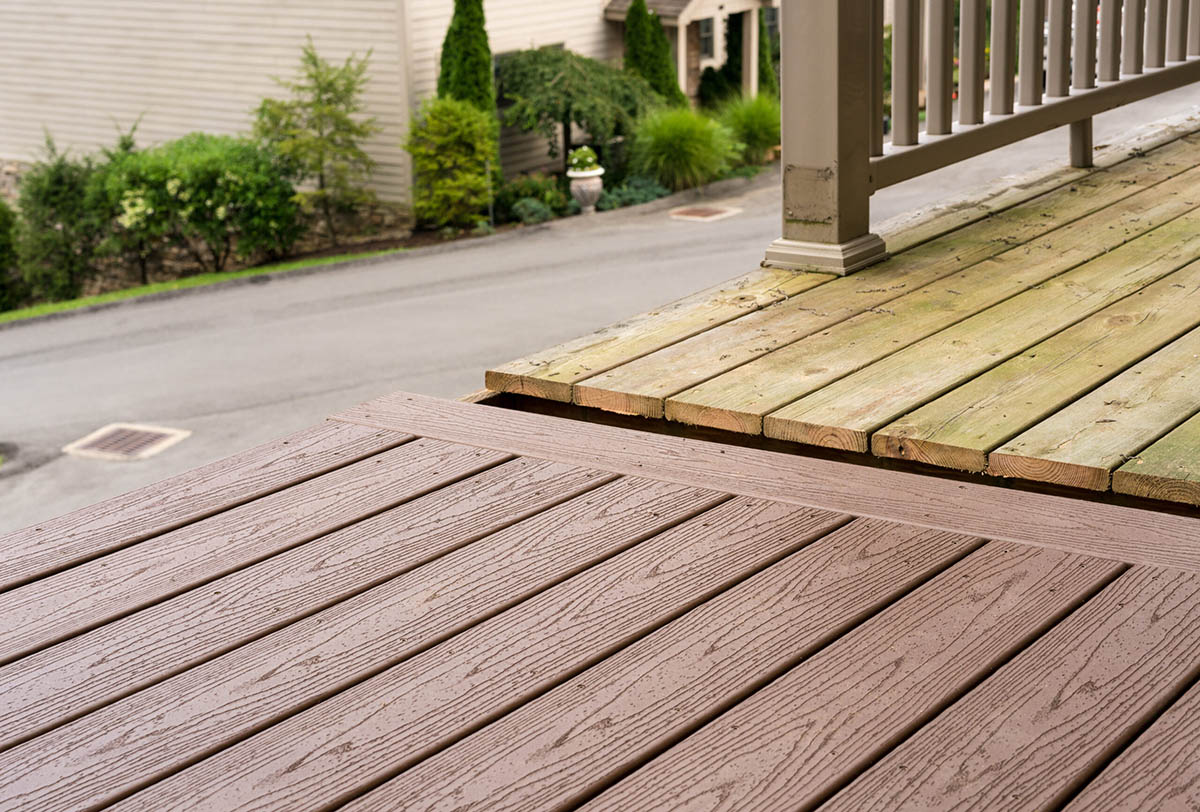
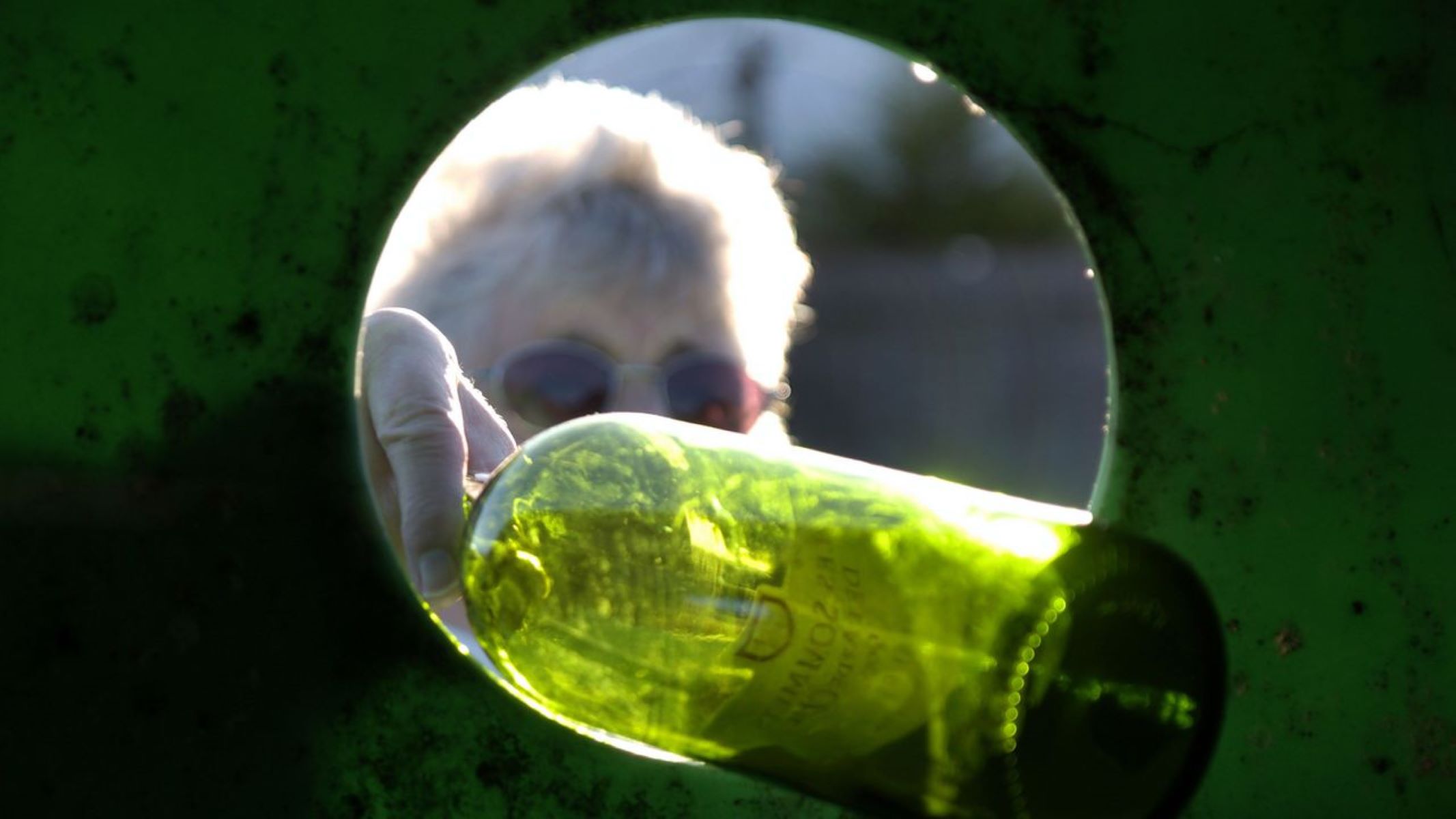
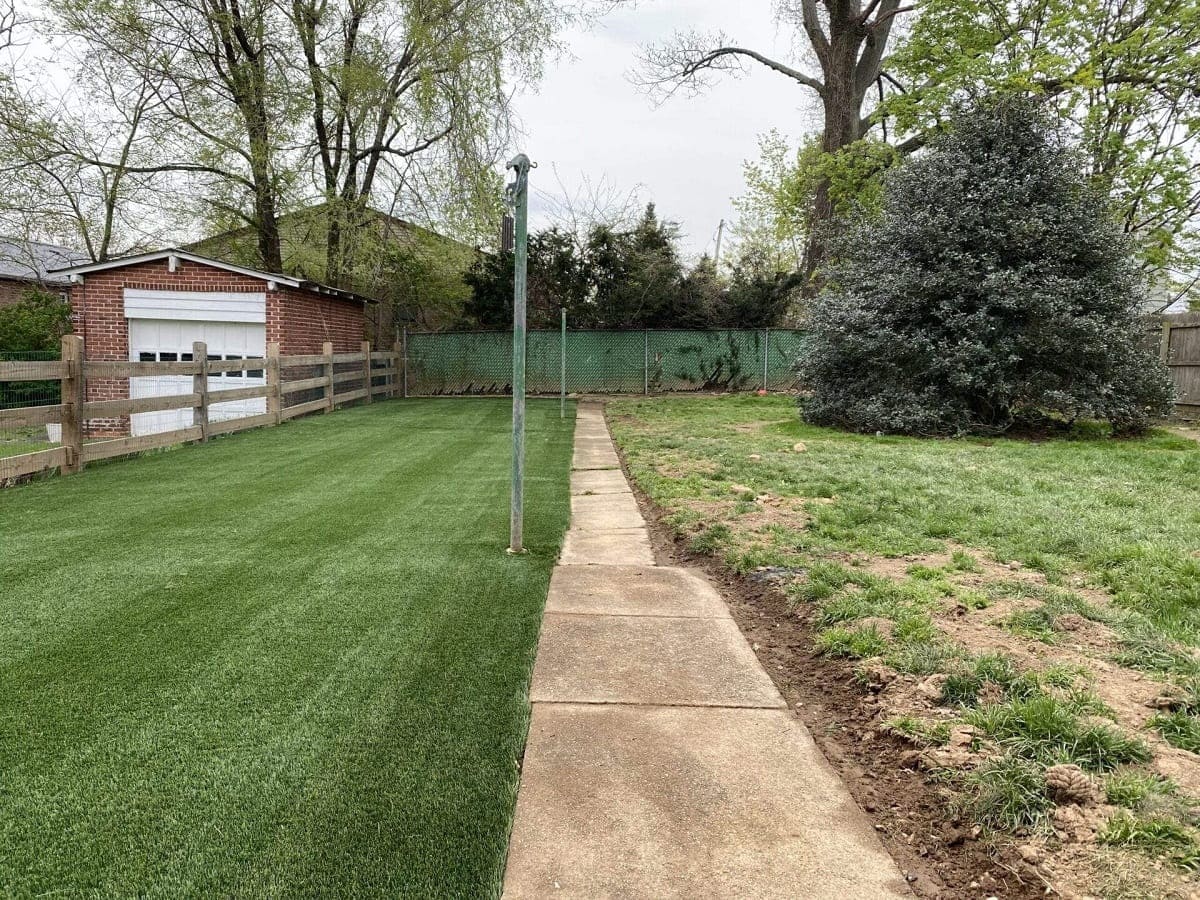
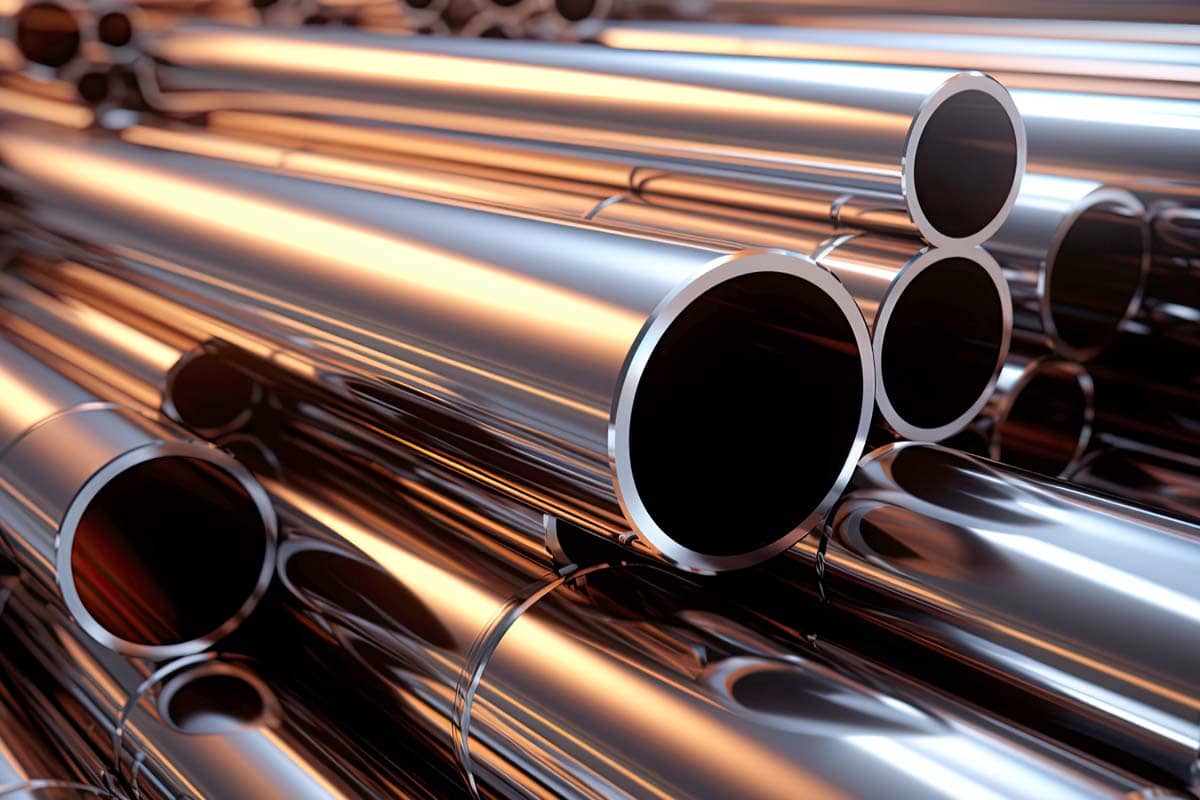
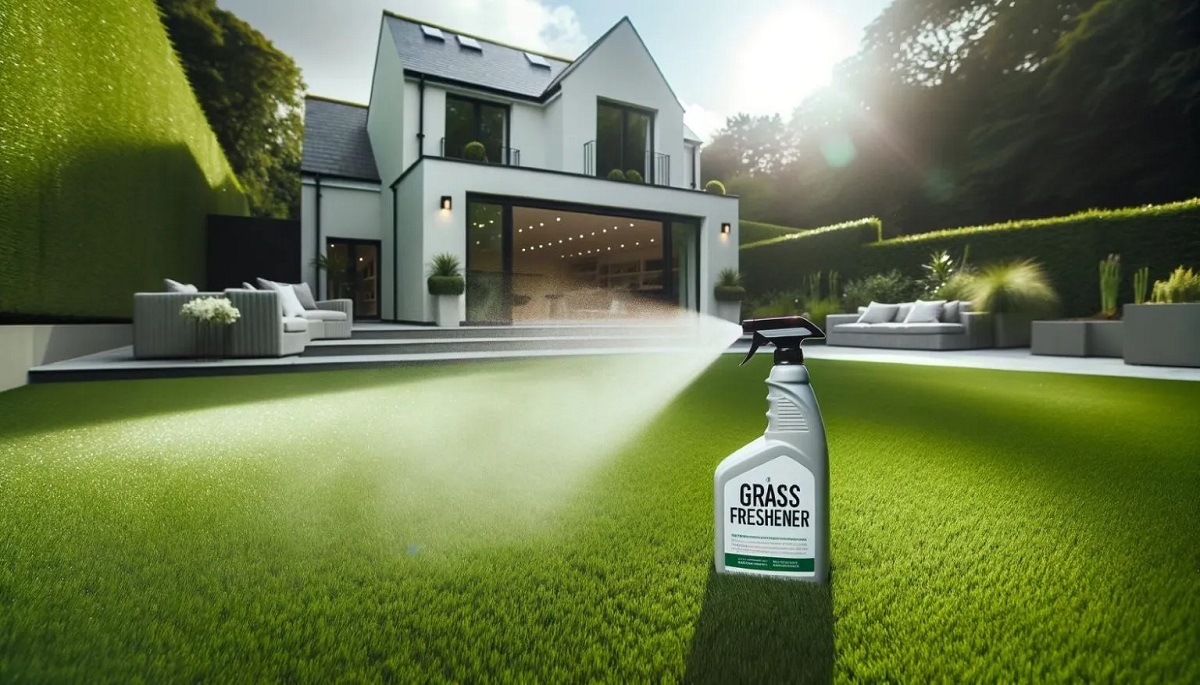
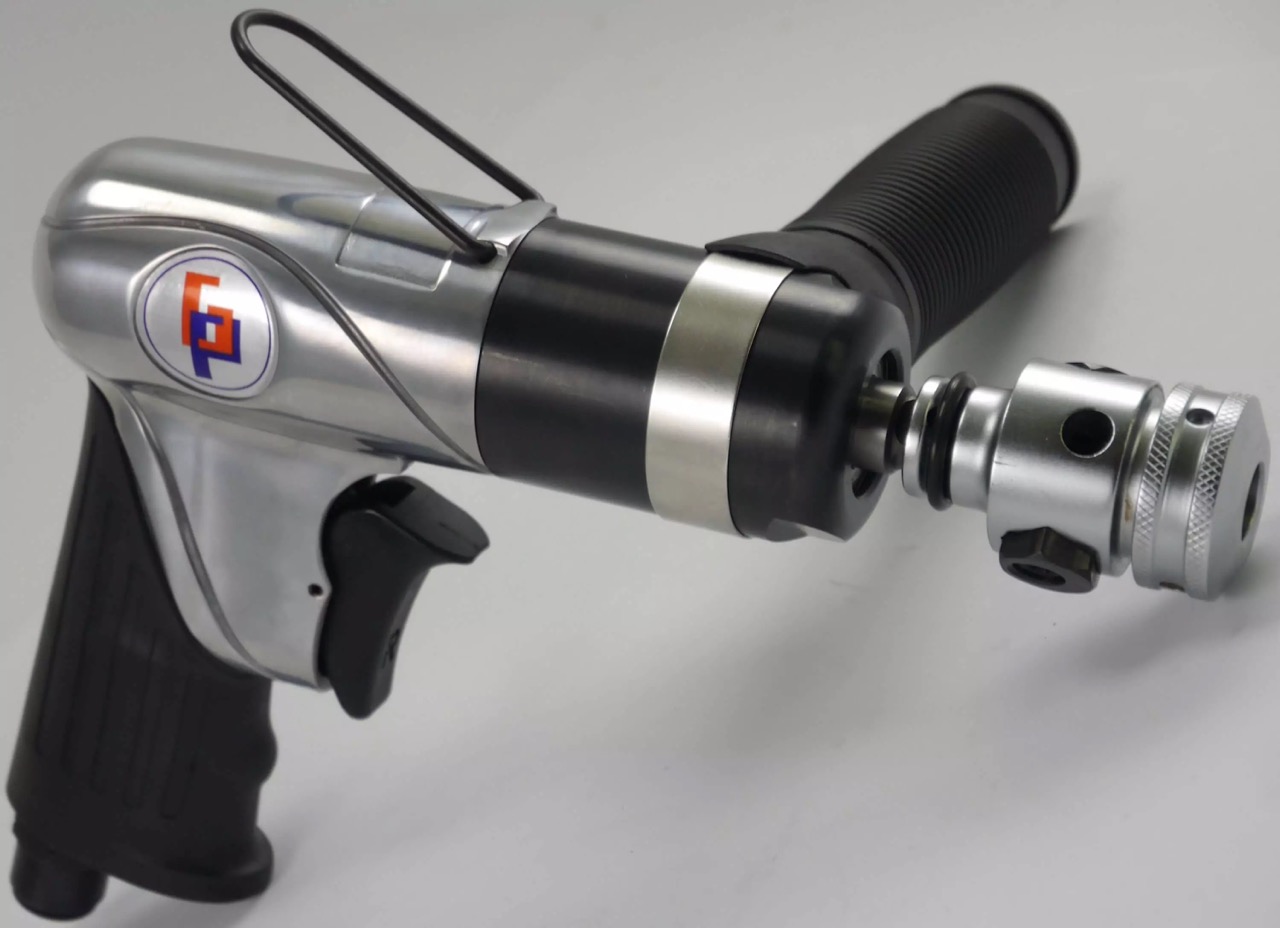
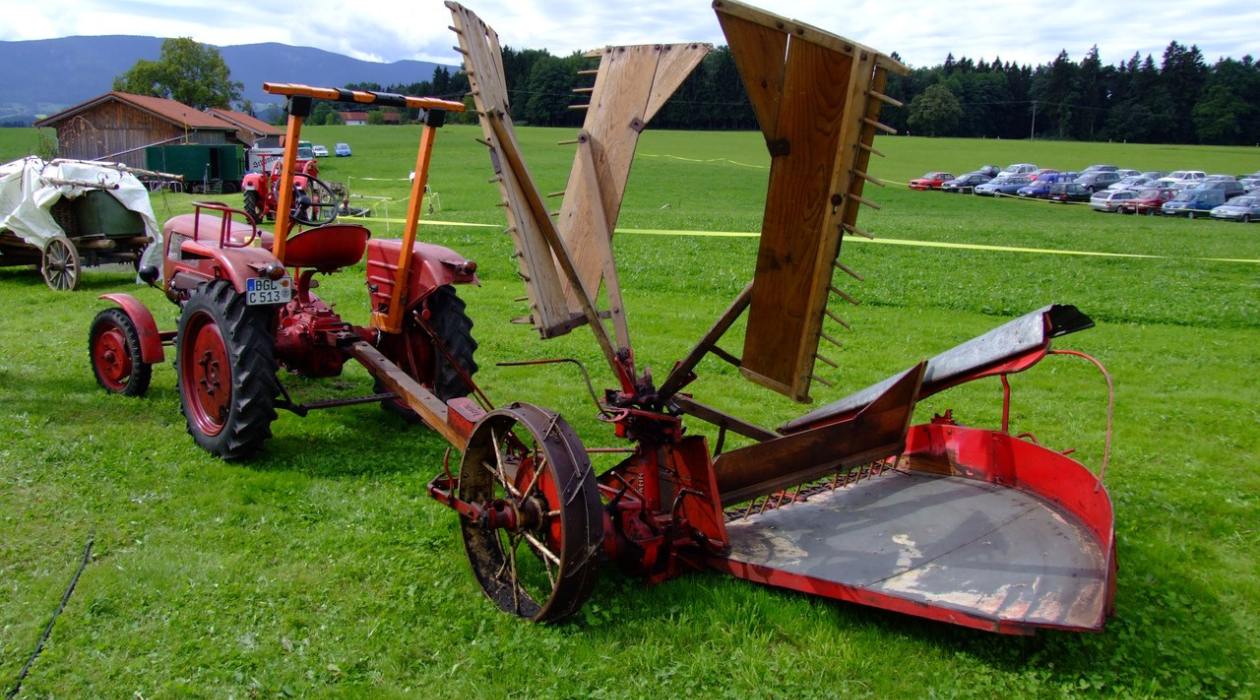
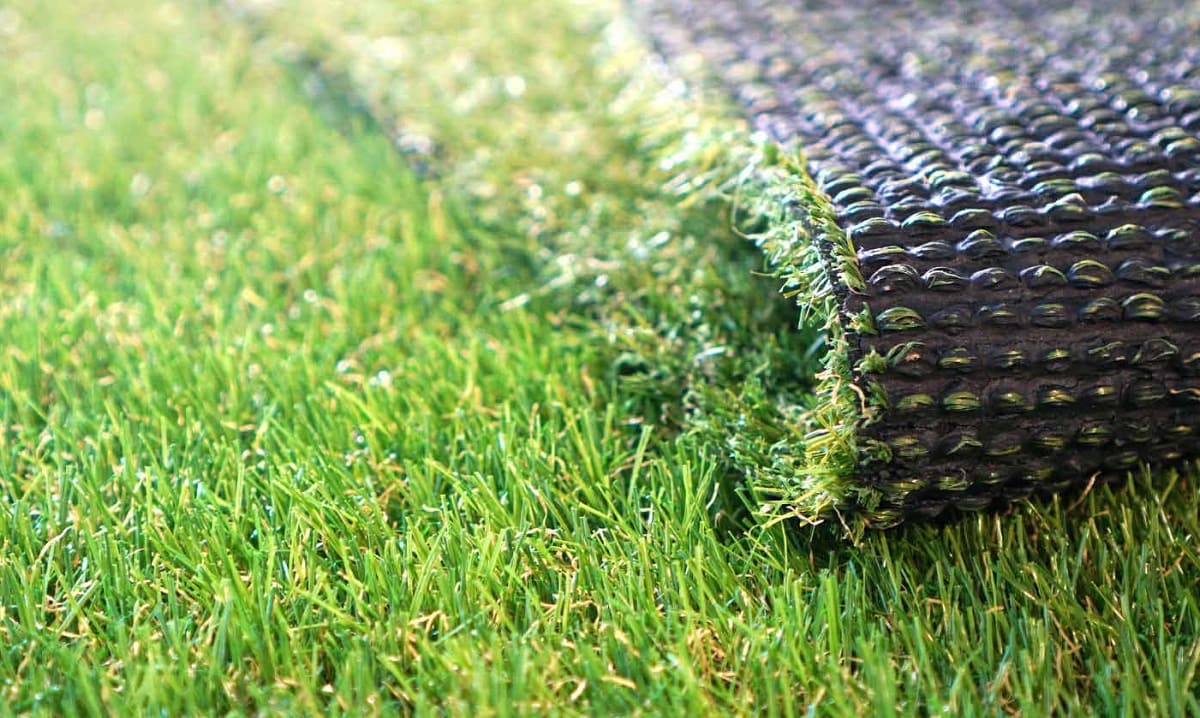
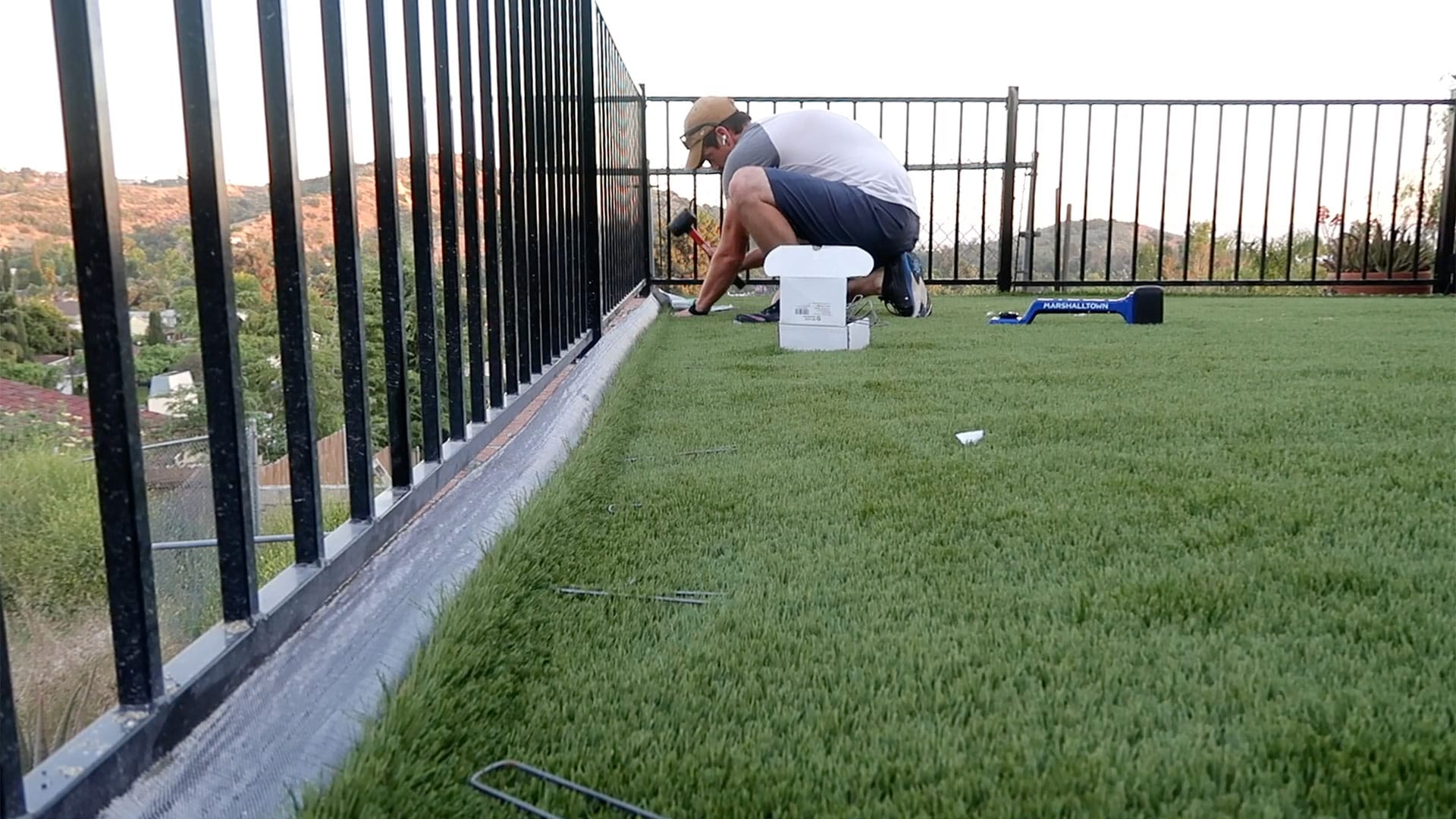
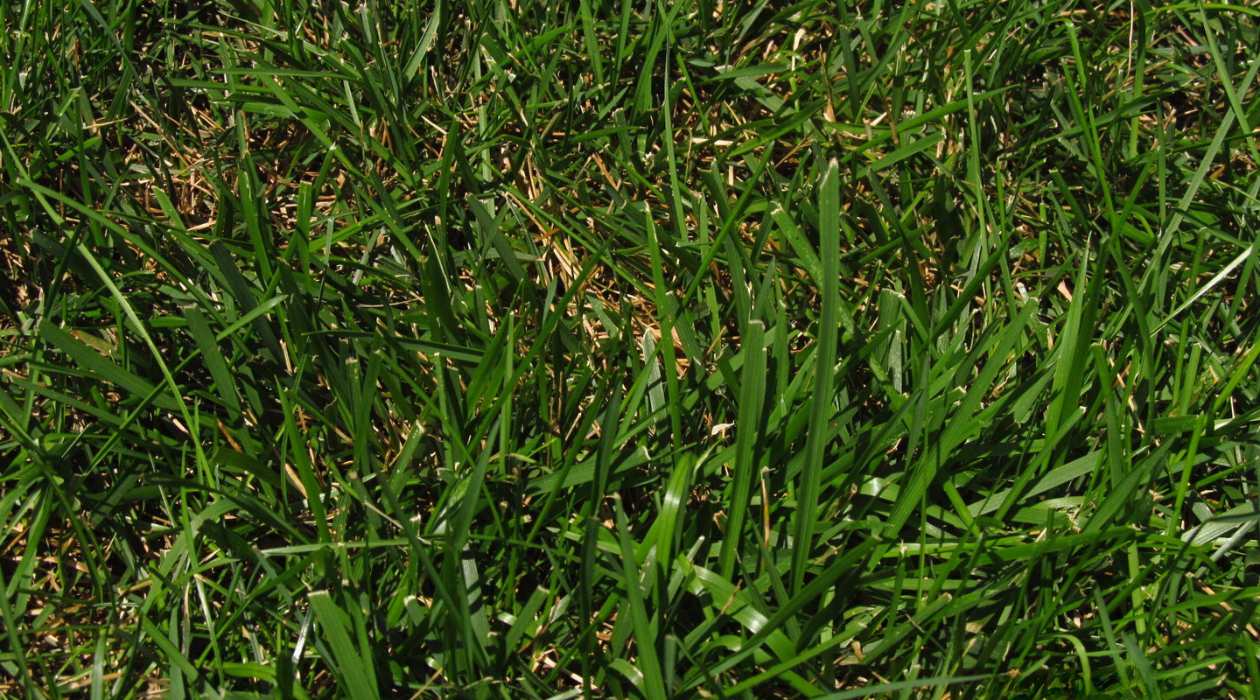
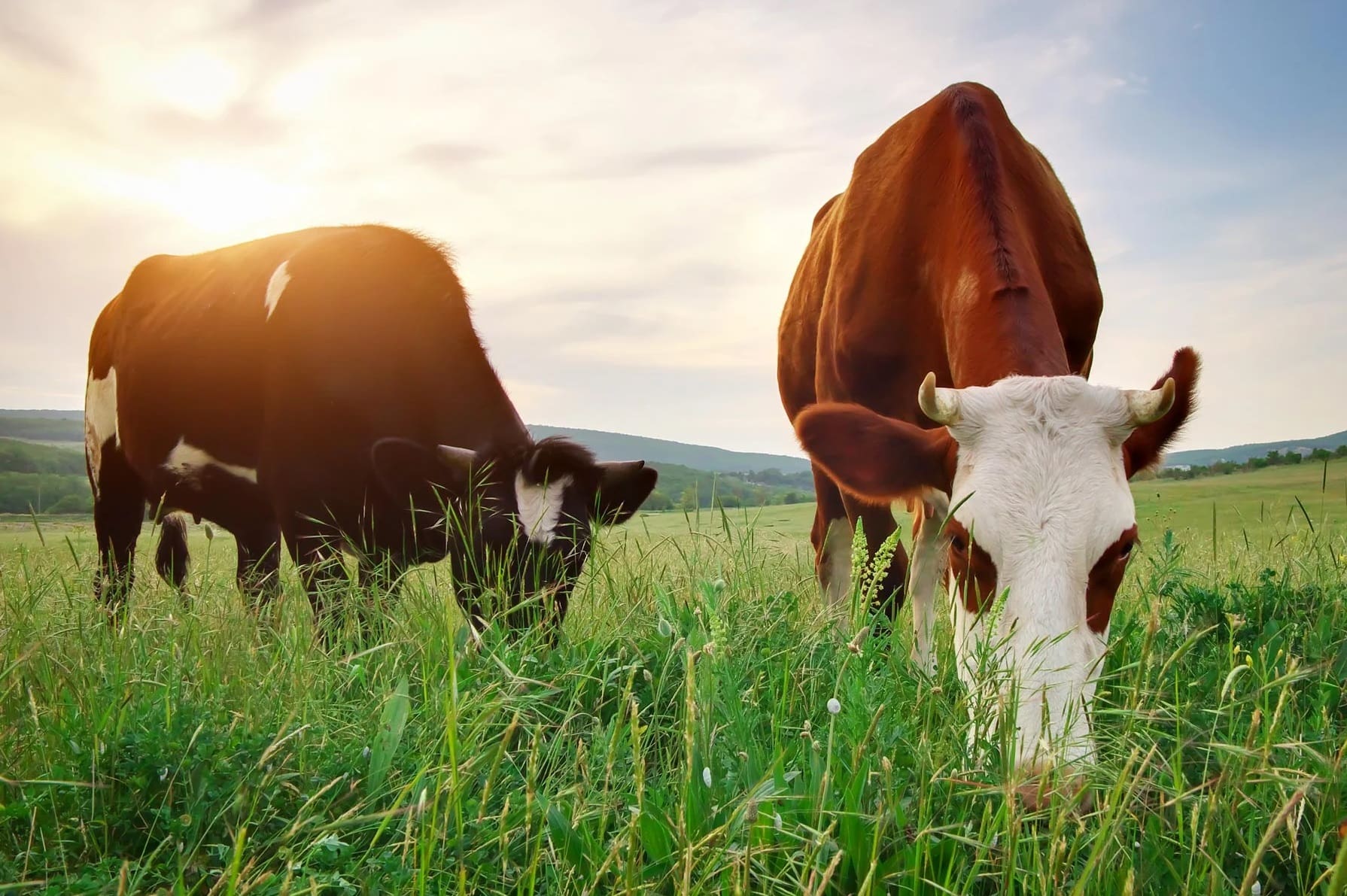

0 thoughts on “Why Is Real Grass Better Than Fake Grass”